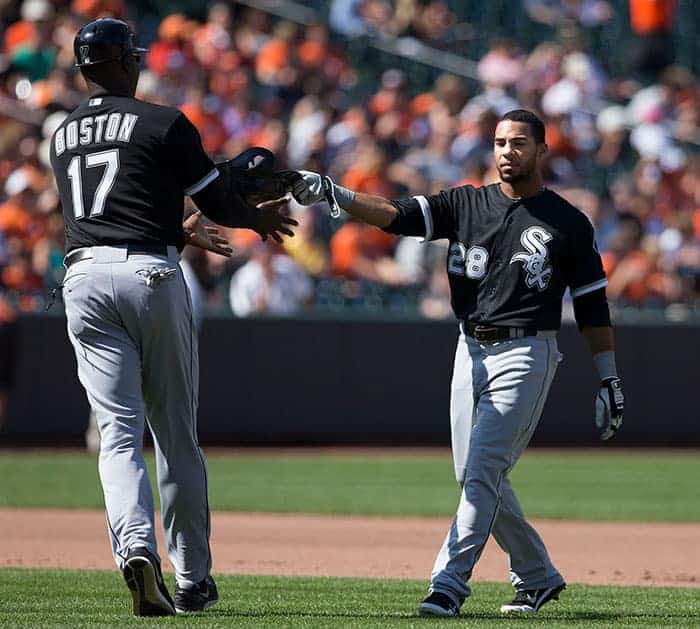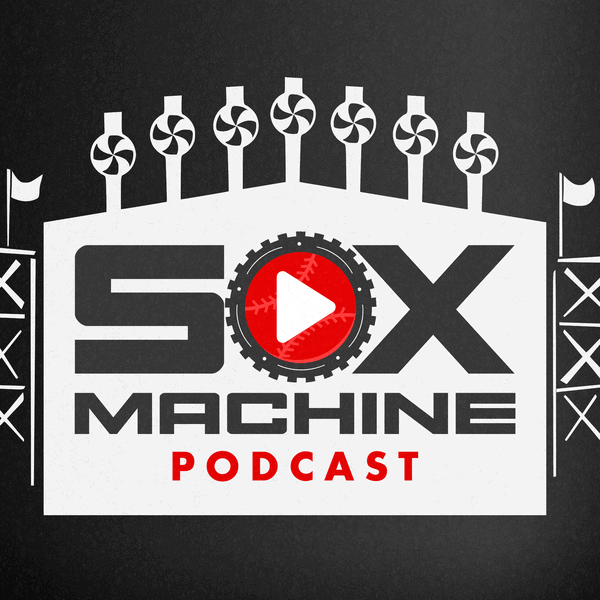We're wending our way through Major League Baseball's new and proposed rule changes, starting on Monday with the three-batter minimum required of pitchers starting in 2020.
The next rule applies this year, and it involves reducing the summer trade activity to a single deadline.
The official-as-of-now wording:
• Trade Deadline: The trade deadline will remain July 31st; however, trade waivers will be eliminated. Players may be placed and claimed on outright waivers after July 31, but players may not be traded after that date.
The move to a single July 31 deadline should force teams to be more aggressive around and after the All-Star break, and it will disrupt the timing of some potential White Sox deals, potentially for the better.
The White Sox have been fairly active in August trades, although in the way most teams wish they weren't. They haven't been buyers at the deadline since 2012, and they usually have a couple competent, market-rate veterans on expiring contracts to shed. They aren't the kinds of players teams fight for, but they help fill a roster gap or two when injuries arise. The White Sox put these vets on waivers, these players usually clear waivers, and then they're dealt for cash compensations or players that barely clear that bar.
While the Sox have made a lot of these deals, their impact is limited. Their only rosterable player from post-deadline deals is Leury Garcia, who came to the White Sox when the Sox traded Alex Rios to Texas in 2013. In the five years since, they're batting 1-for-9:
2018
- Aug. 22: Traded Luis Avilan to Philadelphia for RHP Felix Paulino
- Aug. 31: Traded Xavier Cedeno to Milwaukee for OF Bryan Connell and RHP Johan Dominguez
2017
- Aug. 13: Traded Tyler Clippard to Houston for cash
- Aug. 31: Traded Miguel Gonzalez to Texas for Ti'Quan Forbes
2016
- Aug. 26: Traded Dioner Navarro to Toronto for Colton Turner
2015
- No trades
2014
- Aug. 3: Traded Blake Tekotte to Arizona for cash
- Aug. 21: Traded Gordon Beckham to Angels for PTBNL (Yency Almonte)
- Aug. 31: Traded Adam Dunn and cash to Oakland for Nolan Sanburn
- Aug. 31: Traded Alejandro De Aza to Baltimore for Mark Blackmar and Miguel Chalas
The "1" is the Beckham trade, which netted Almonte. The White Sox got Almonte on a healthy and productive track in A-ball, then dealt him to Colorado for Tommy Kahnle. With the White Sox, Kahnle finally found a way to harness his 100-mph fastball, and the White Sox then sent him to the Yankees for Blake Rutherford. For his part, Almonte reached the majors and made a fine first impression last season, so that particular chain of transactions yielded an unusual amount of talent.
Getting value out of the remaining to-be-determined deals is an uphill battle. Forbes' hit tool showed up in Winston-Salem in his age-21 season, but he's going to need something else to define him as a legit prospect. Turner has a 1.91 ERA in Double-A, and a 5.80 ERA in Triple-A, but he's got left-handedness in his favor, at least until the LOOGY rules set in. The three prospects acquired last season are scuffling in the lowest levels.
Before the Rios-for-Garcia trade, you have to go back to 2009 and the waiver claim of Rios to find the Sox' previous August transaction of consequence. That's about one every four years, which isn't a great rate. The acquisition of Ryan Burr for international money in 2017 -- still presumably legal under the new rules because Burr wasn't on a 40-man roster -- might turn out to have a greater impact than anything since Beckham-for-Almonte.
(Buster Olney says these minor-league deals might increase in frequency as a result of this change.)
That said, I will miss the headlines. Were August trades to be allowed this year, the Sox would have a number of candidates to deal. I started to list them, but it turned out to be just about everybody they acquired during the winter, save Kelvin Herrera and Alex Colome. That'll take some of the late-season intrigue out of the proceedings for a tanking team, and might interrupt what had been a natural way to open a roster spot for a prospect deserving of an audition.
When paired with the hard 28-man limit on September rosters coming in 2020, you might see more veterans go the way of Derek Holland, who was cut by the White Sox in September when there wasn't anything for him in Chicago or in-season interest elsewhere.
From there, the question is whether that kind of waiver activity will be enough to sustain the contending teams who have post-deadline roster emergencies -- and Olney wonders if clubs could coordinate with each other on waiver timing -- or whether the lack of dependability will force more of the half-in contenders to make middling deals for the Gonzalez and Beckham types in late July.
If it's the latter, the White Sox could just see their activity shoved up a few weeks. If teams pursue a traditional path toward July 31 and press their luck in August, the Sox will have at least one solid year of devising a strategy for whenever they actually return to buying instead of selling.






